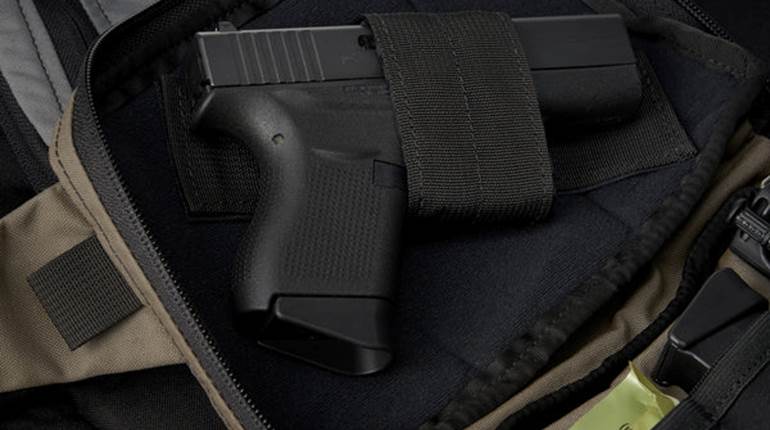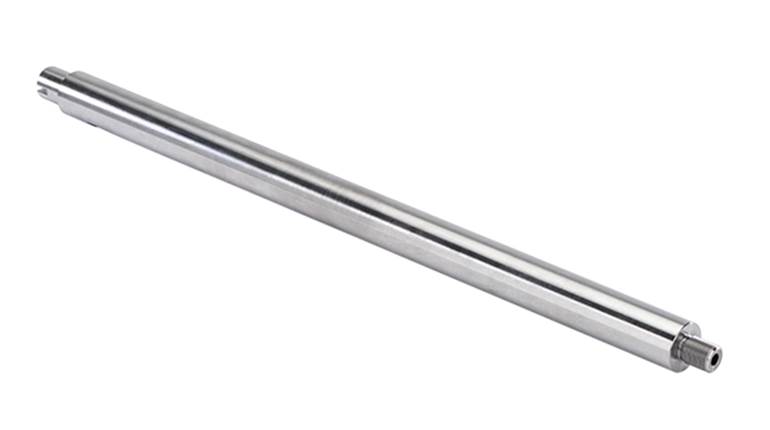
The Sporting Arms and Ammunition Manufacturers' Institute (SAAMI) has added three new web-based resources to its website. They provide guidance for gun owners to safely deal with firearms, ammunition and smokeless propellants that have been exposed to fire—and the associated extreme temperatures—or to submersion or exposure to water and firefighting agents. Hidden, potentially dangerous damage can occur when exposed to any of these conditions, potentially rendering them unsafe to use.
“These important documents add to SAAMI’s technical library of firearm safety resources that provide guidance to both industry professionals and the firearm-owning community,” said Joe Bartozzi, SAAMI president and CEO. “They provide relevant and safety-critical information for anyone whose firearms or ammunition may have been exposed to high temperatures or submerged in water. They are great sources of information that gun-owners can refer to if they have endured certain challenging events.”
SAAMI maintains an Informational Publications and Advisories library online for consumers and industry professionals. Here are direct links and details on the above-mentioned new resources.
Guidance on Firearms and Ammunition Exposed to Fire [PDF] provides guidance to the consumer on how to safely deal with firearms, ammunition and smokeless propellants that have been exposed to fire or the extreme temperatures that occur in fires. Hidden damage caused by the extreme temperature can make the use of these items potentially unsafe after they’ve been exposed.
Guidance On Firearms That Have Been Submerged in Water [PDF] provides guidance to enthusiasts on how to best care for and protect firearms that have been submerged in water or exposed to water-based firefighting agents. Water exposure or submersion of firearms can promote corrosion of some metallic components and the warpage or damage of other components such as wooden stocks and grips. Silt or other waterborne fine particles can infiltrate the action and other firearm mechanisms causing them to perform in unexpected and unacceptable manners.
Guidance on Ammunition That Has Been Submerged in Water [PDF] provides information on how to deal with ammunition that has been submerged in water or exposed to water or water-based firefighting agents. Water exposure or submersion of ammunition can compromise performance, depending upon the nature and degree of the exposure. Clear guidelines are provided to help decide whether the ammunition is salvageable or safe to use.




































